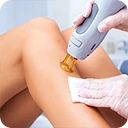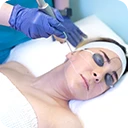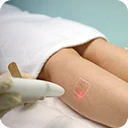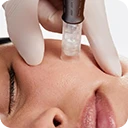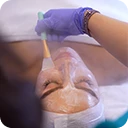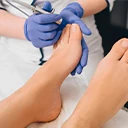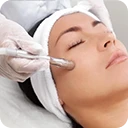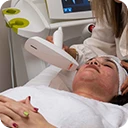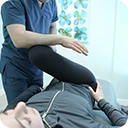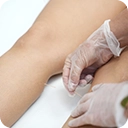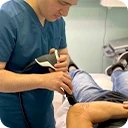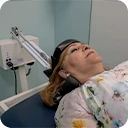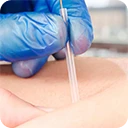Nail Fungus Treatment in Vancouver at Limelight Wellness Centre
Nail Fungus Treatment
Reclaim the beauty of healthy nails with our cutting-edge nail fungus treatment, restoring clarity and confidence one step at a time.
- Highly effective
- Non-invasive
- Quick and convenient
- Long-lasting results
- Safe and gentle
- and More...
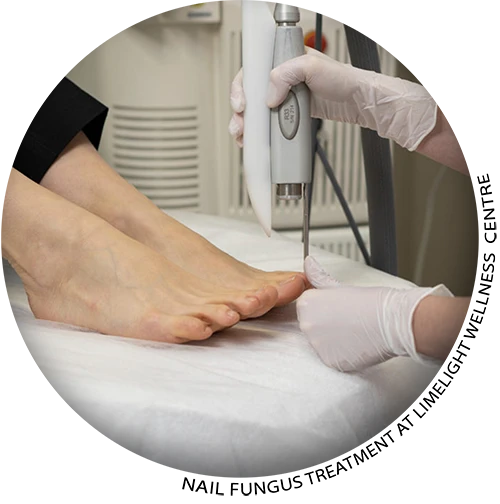
What is toenail fungus and how does it spread?
Toenail fungus, also known as onychomycosis, is a common fungal infection that affects the toenails. It is caused by various types of fungi, such as dermatophytes, yeasts, and molds. The fungus thrives in warm and moist environments, making the feet an ideal breeding ground.
Toenail fungus can spread through direct contact with an infected person or surface. It can also spread through sharing contaminated items like nail clippers, socks, or shoes. Walking barefoot in public areas such as locker rooms, swimming pools, and communal showers can also increase the risk of contracting toenail fungus.
People with weakened immune systems, diabetes, poor circulation, or a history of athlete’s foot are more susceptible to developing toenail fungus. Additionally, factors like wearing tight-fitting shoes, not keeping feet clean and dry, and having a family history of fungal infections can also increase the likelihood of developing toenail fungus.
Is laser nail fungus therapy a successful procedure?
Laser nail fungus therapy, also known as laser treatment for toenail fungus, is a relatively new and promising option for treating onychomycosis. While individual results may vary, many studies and clinical trials have shown that laser therapy can be an effective and safe treatment for toenail fungus.
Laser therapy works by using specific wavelengths of light to target and kill the fungus that causes the infection without harming the surrounding tissue. The heat generated by the laser penetrates the nail and destroys the fungal cells, helping to clear up the infection and promote healthy nail growth.
One of the advantages of laser nail fungus therapy is that it is non-invasive and typically requires no downtime. Most patients report minimal discomfort during the procedure, and there is usually no need for anesthesia or oral medications.
While laser therapy can be effective in treating toenail fungus, it may require multiple sessions for optimal results. Additionally, it is important to follow post-treatment care instructions provided by your healthcare provider to prevent reinfection and promote healing.
Overall, laser nail fungus therapy has shown promising results in many cases, but it is essential to consult with a healthcare provider to determine if it is the right treatment option for your specific situation.
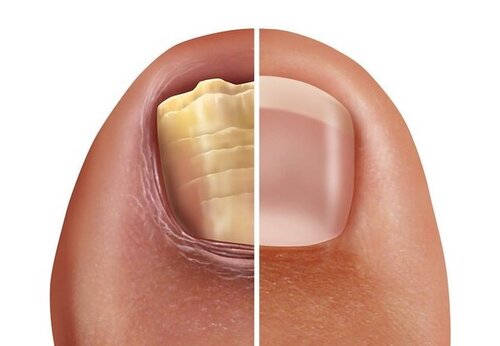
What is the procedure for treating toenail fungus with a laser?
The lasers that are used for fungus eradication target the organisms that live beneath the nail without causing damage to the surrounding skin and tissue. In contrast to topical treatments, light may enter into the toenail to reach the infection.
Professionals may file your nails before the operation in order to prepare the region for the laser treatment. Before your visit, you should remove any nail paint or decals that may have been applied to your nails. Even though the treatment is usually always painless, you may experience some warmth or sensation on the nail bed while it is being performed.
Laser devices create pulses of energy that cause heat to be generated. When treating onychomycosis, the laser is focused in such a way that the heat penetrates through the toenails to the nail bed, where the fungi is located.
It is necessary to elevate the localized temperature in this sort of therapy. As a result of the heat, the affected tissue gasifies and decomposes, eliminating the fungus as well as the adjacent skin and nail tissue. A sterilizing effect is provided by the laser heat, which serves to inhibit the establishment of new fungus colonies.
When the laser is directed towards the site of infection, the heat generated by the laser prevents the fungus from growing and eventually kills the fungus.
When utilized properly, laser therapy does not release enough energy to completely kill all of the tissue or eliminate all of the infection from the body. As a result, it is common for patients to require further therapy. Even if the fungal development is stopped and some of the fungal bacteria are killed, it is doubtful that you will be totally healed in a single session due to the fact that the infection can partly survive the treatment.
After having their toenails laser treated, the vast majority of patients see healthy new toenail growth with no harm to the surrounding skin. The laser foot treatment can help to prevent the fungi from growing and to alleviate any pain and discomfort that may be caused by the illness itself..
The majority of individuals only require a single treatment, however it may take up to six months to a year for the nail to return to the original look (depending on the infection’s extent). In most cases, recurrence of infection is uncommon; nevertheless, some fungal infections may come back and need further treatment.
Because toenail fungus develops and spreads over time, it is important to get treatment as soon as possible in order to avoid consequences such as toenail loss. Individuals suffering from an immunological condition or diabetes are at greater risk of developing major health problems as a result of untreated toenail fungus.
Let's Read !
Satisfied patients
They are super professional with amazing customer service. Customer satisfaction is their core values. I did lazer hair removal, facial and physiotherapy there. I am so glad to find them.
mercedeh mohajerani
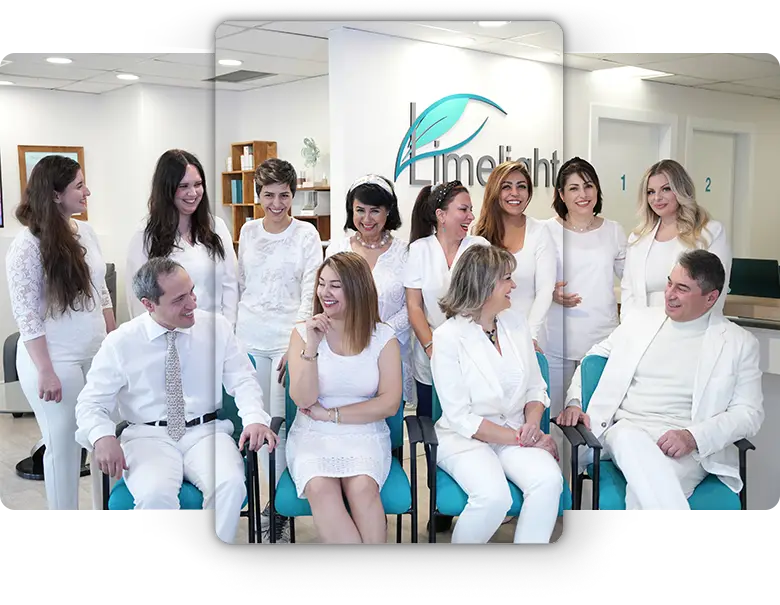
4.9
Opinions made by our patients





